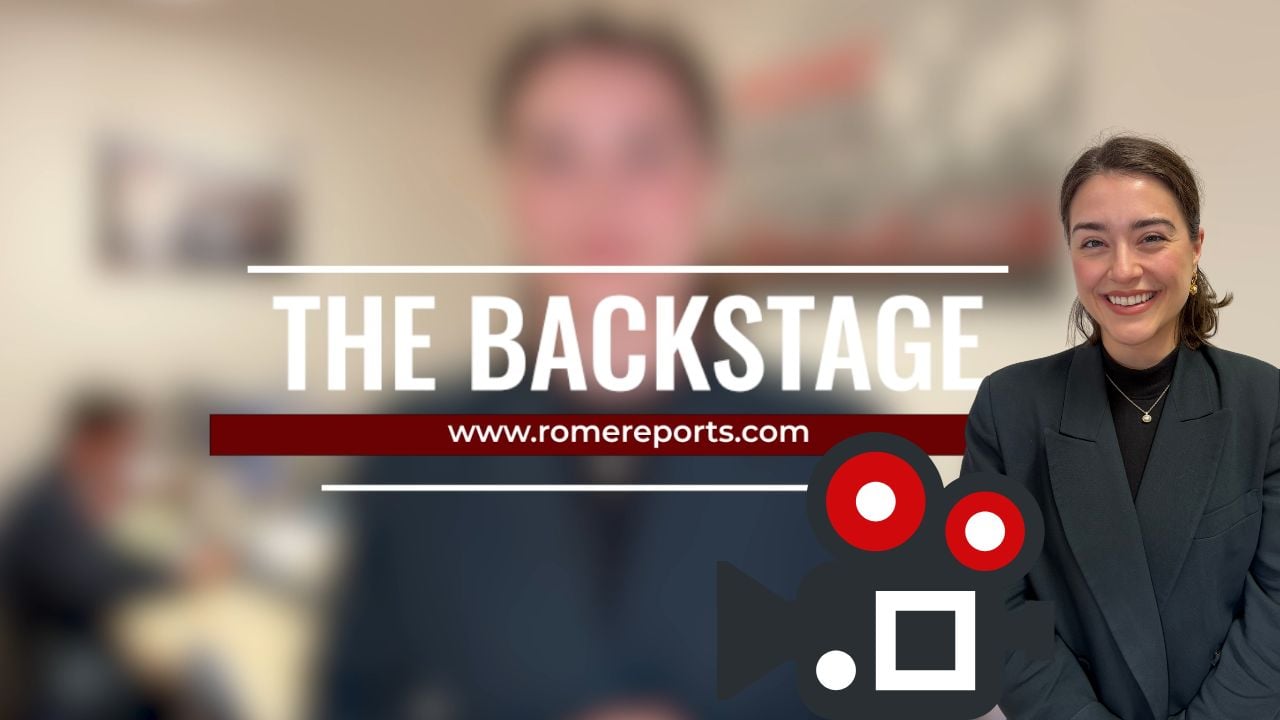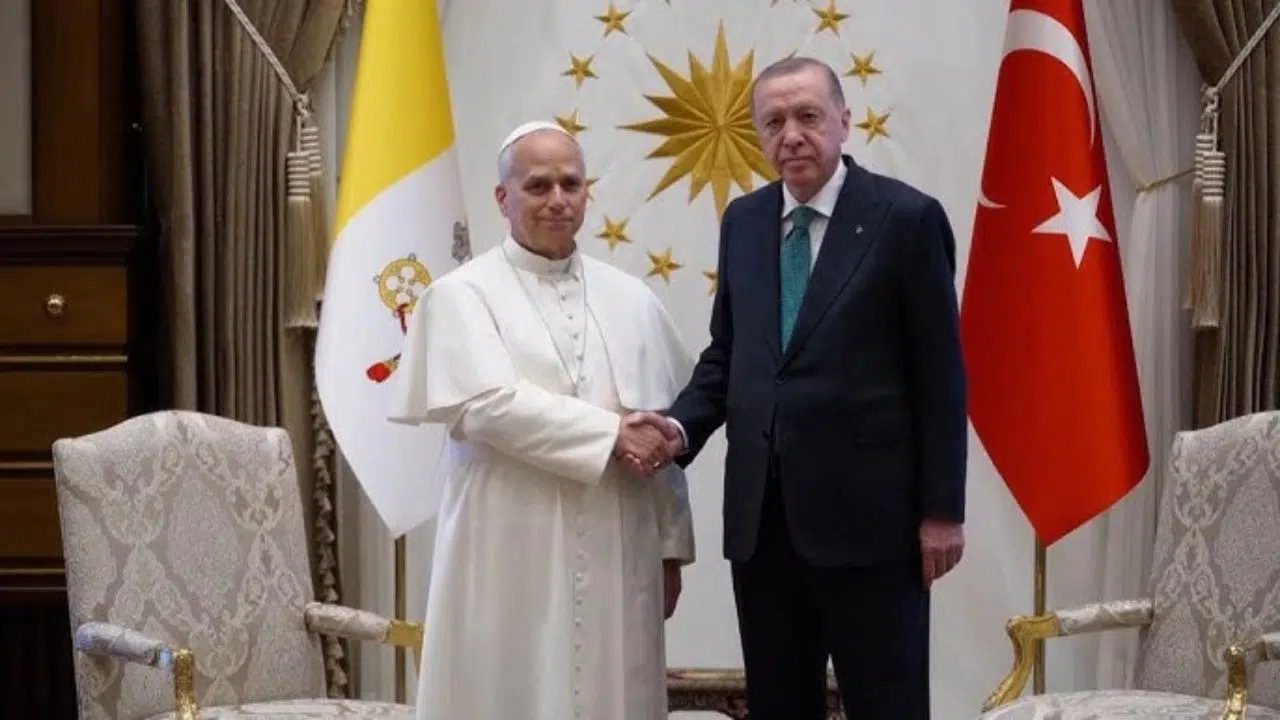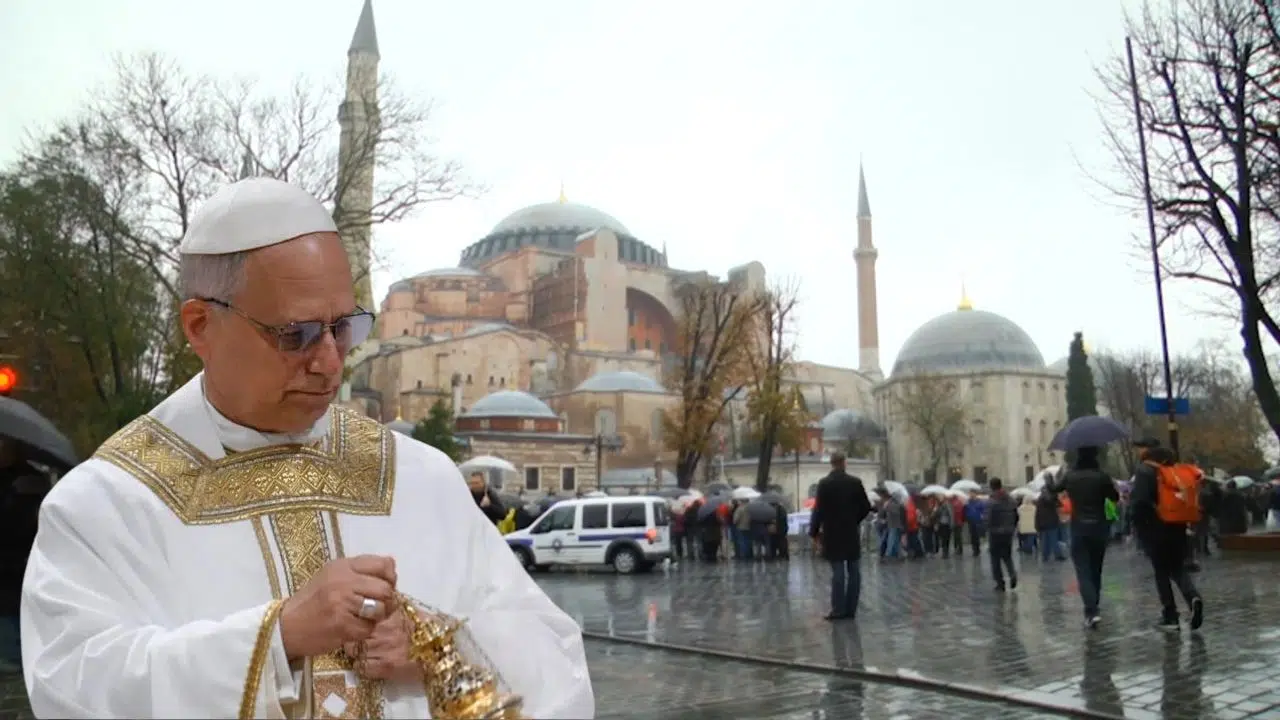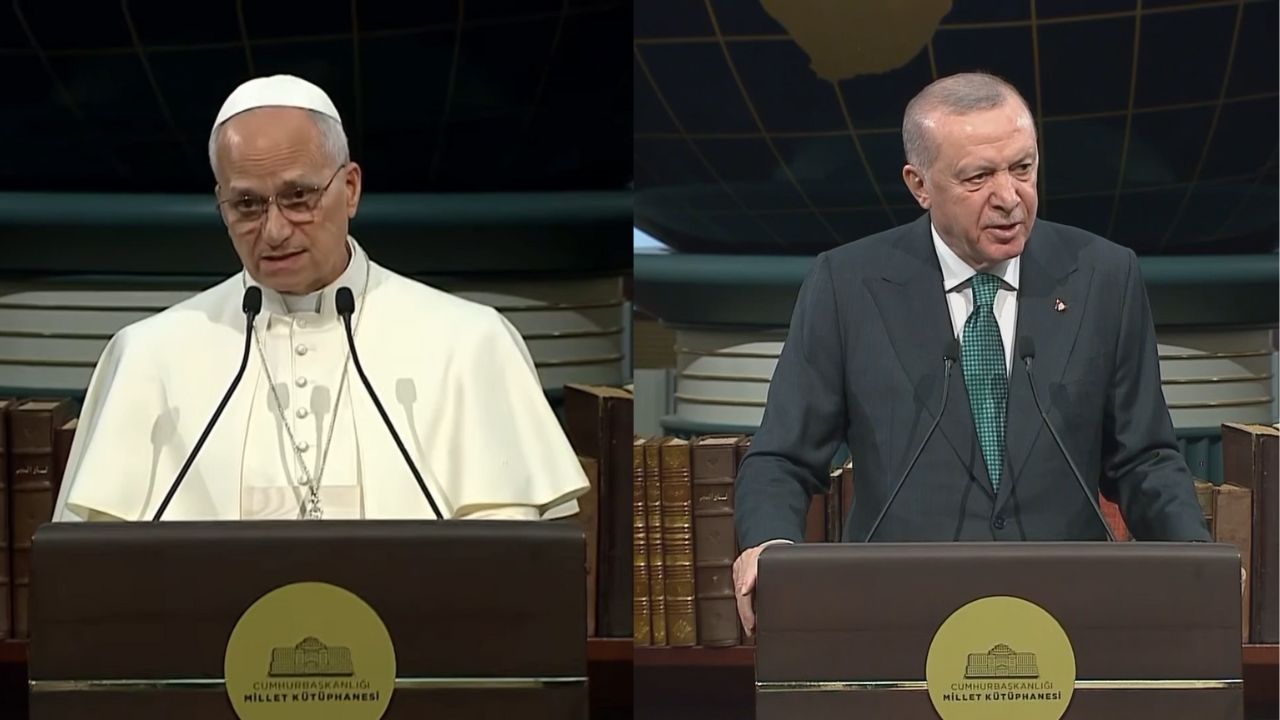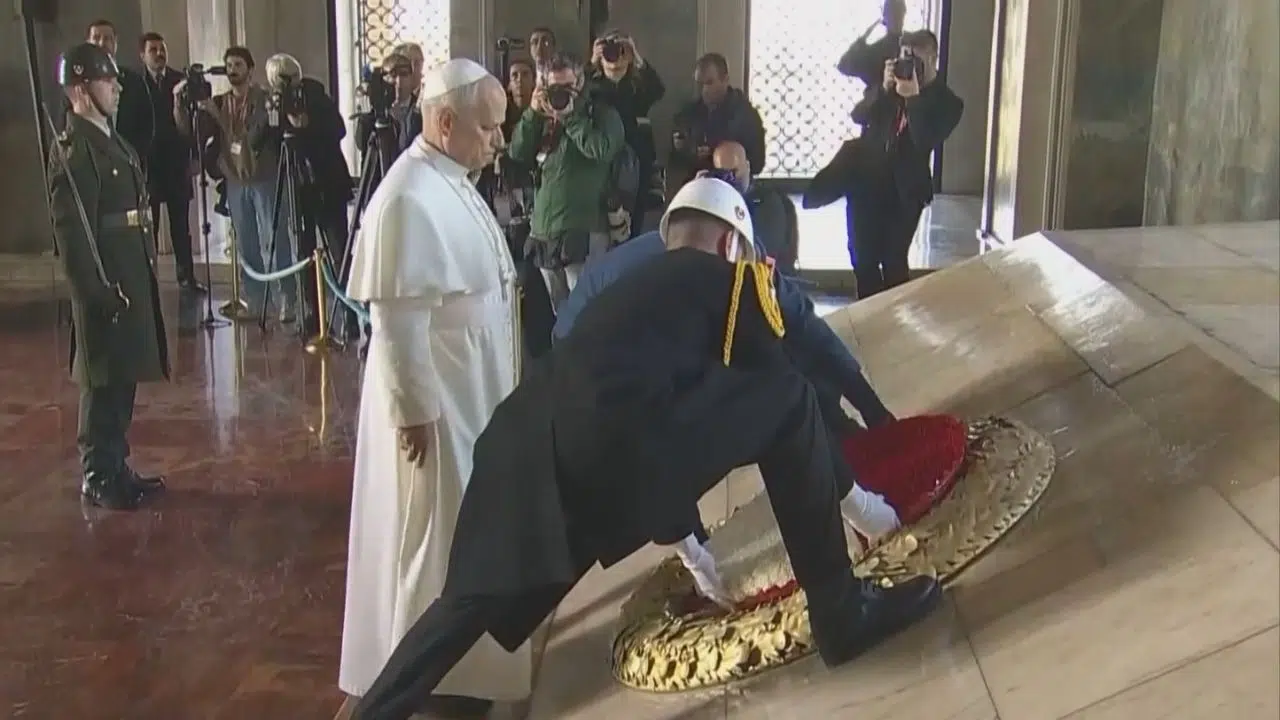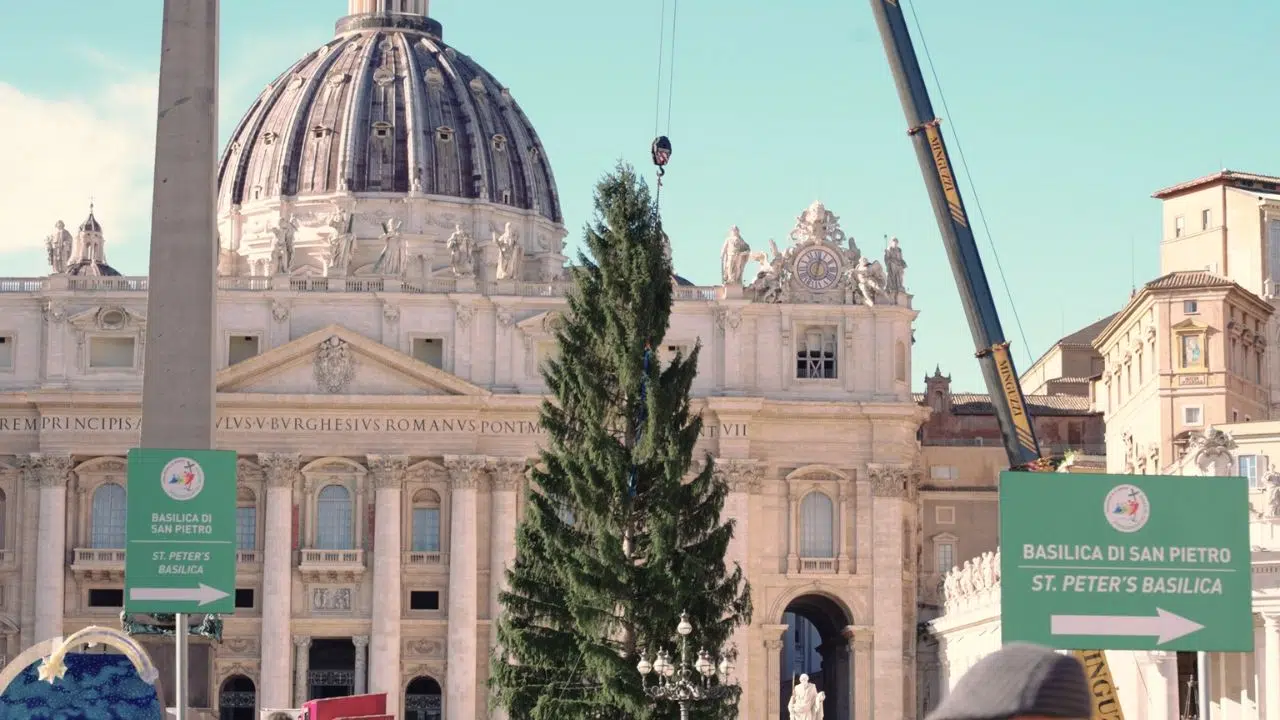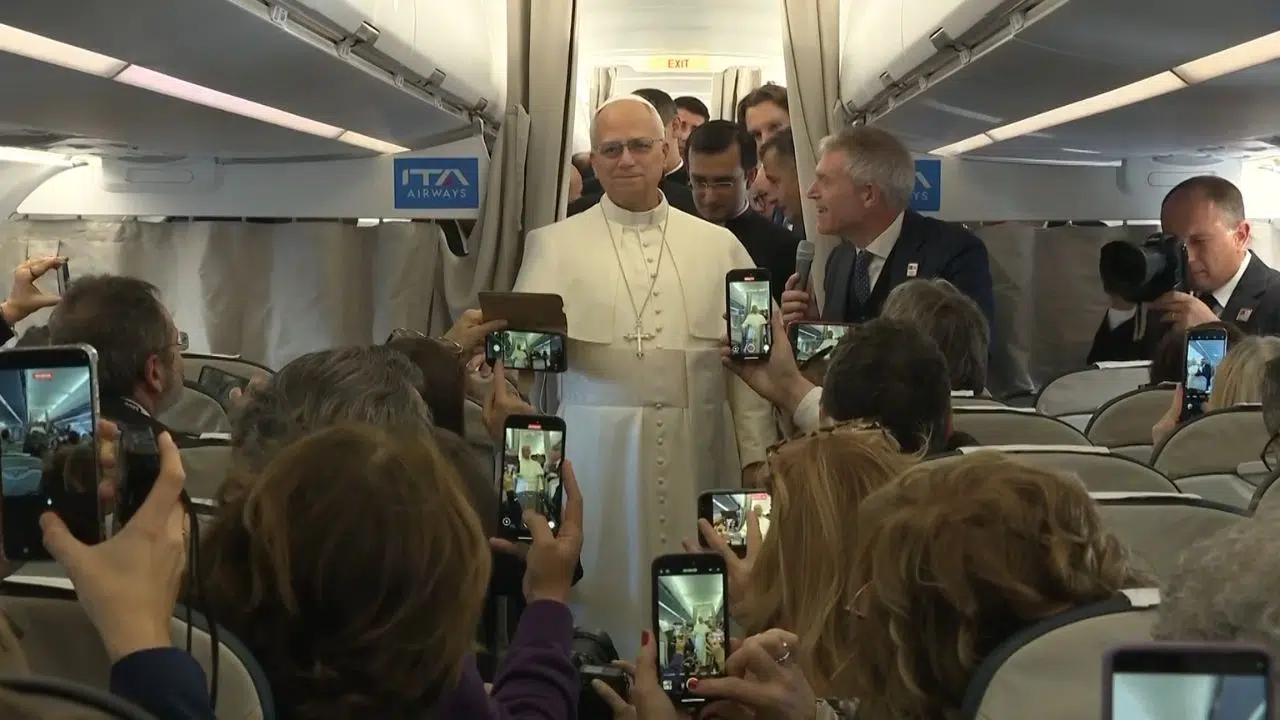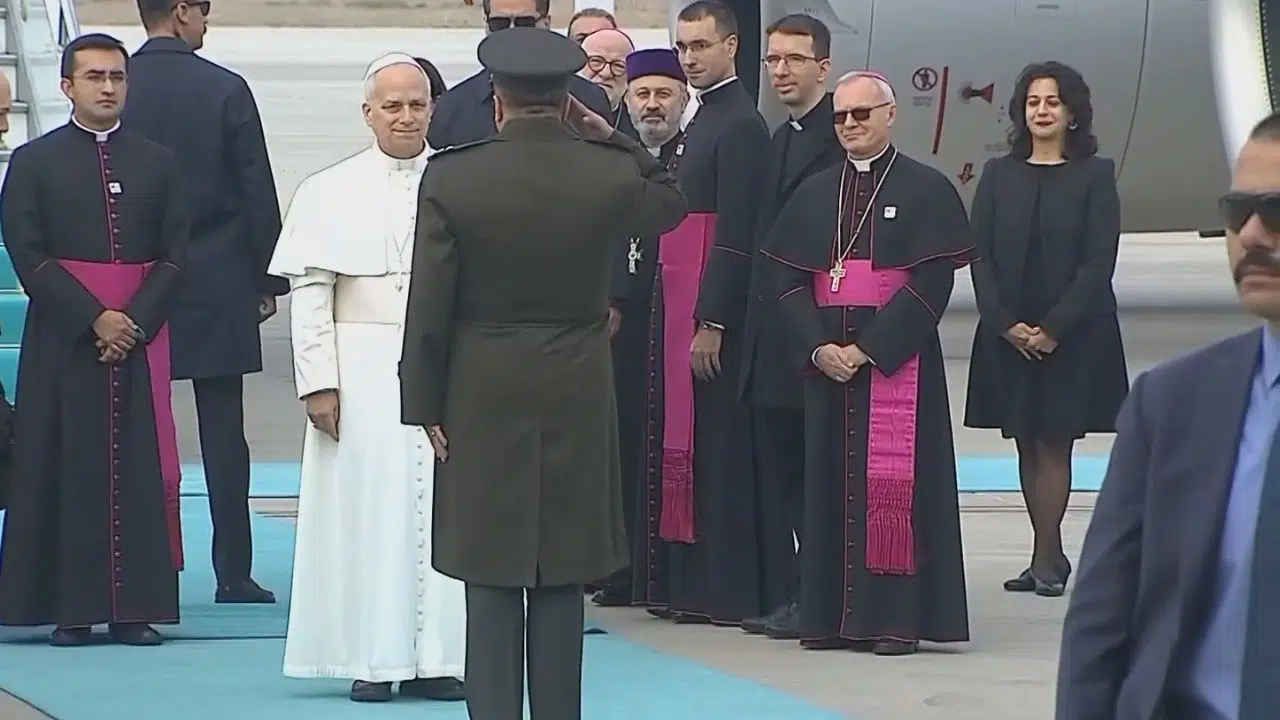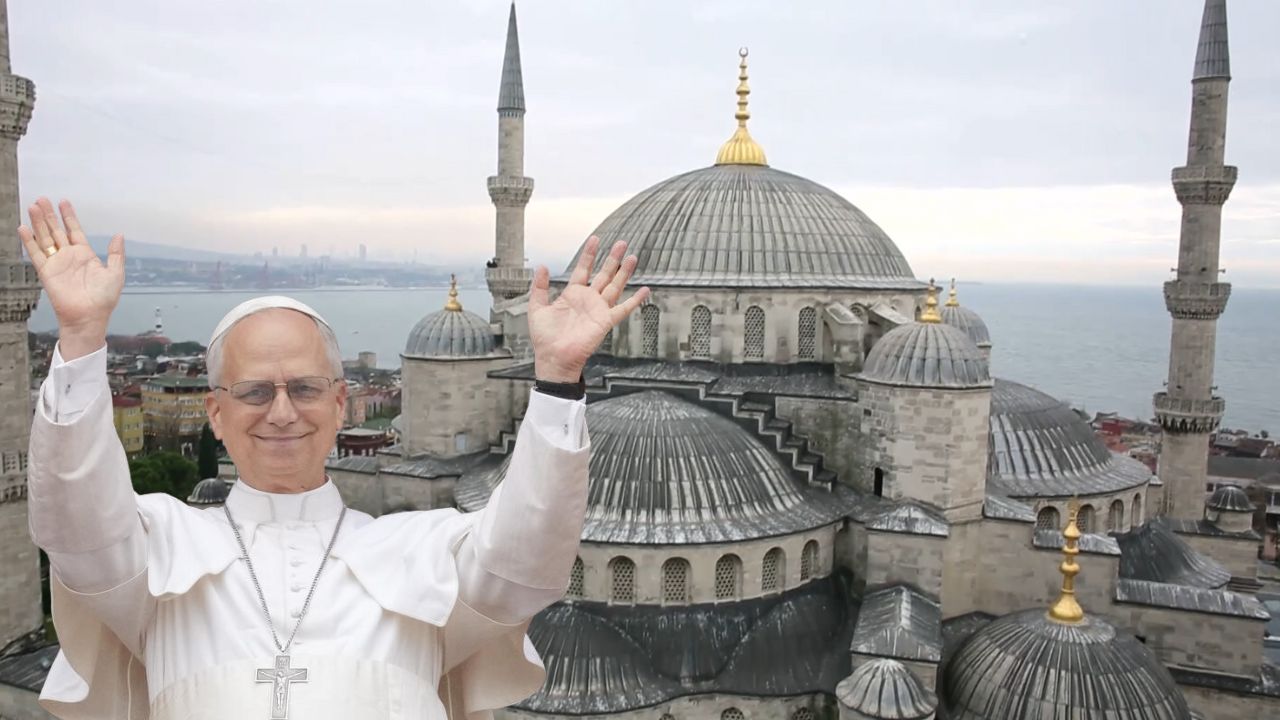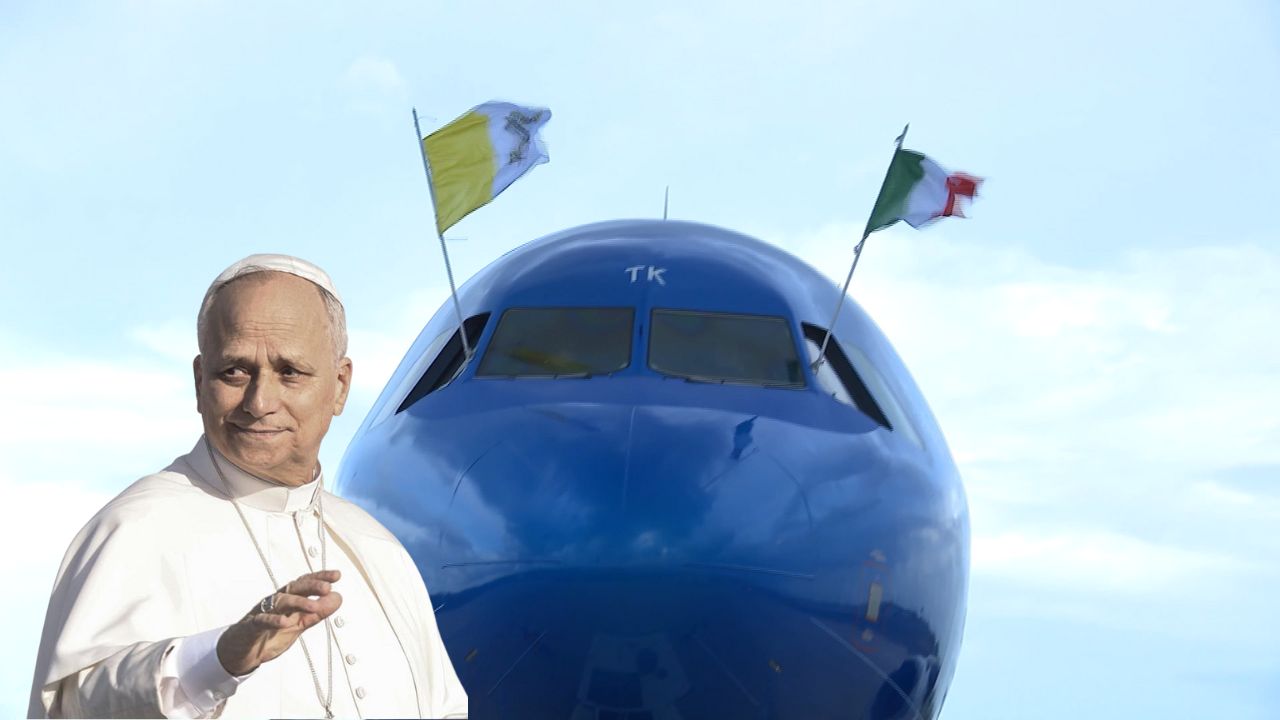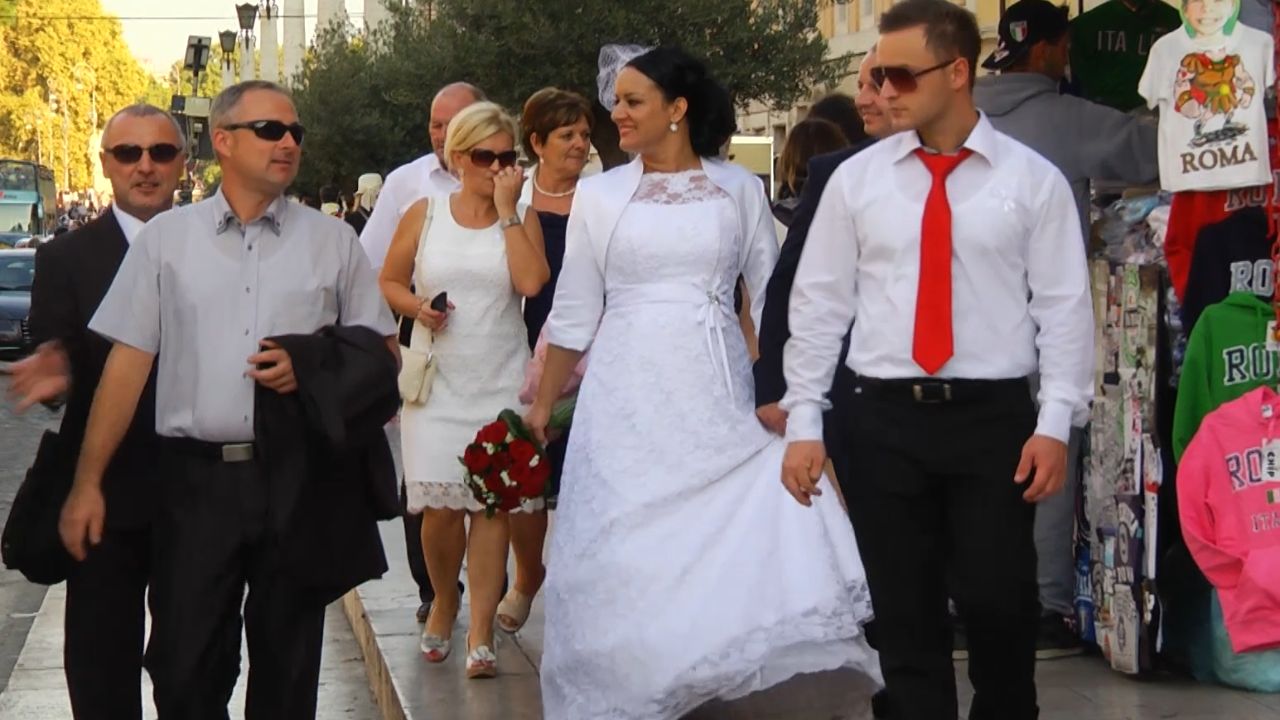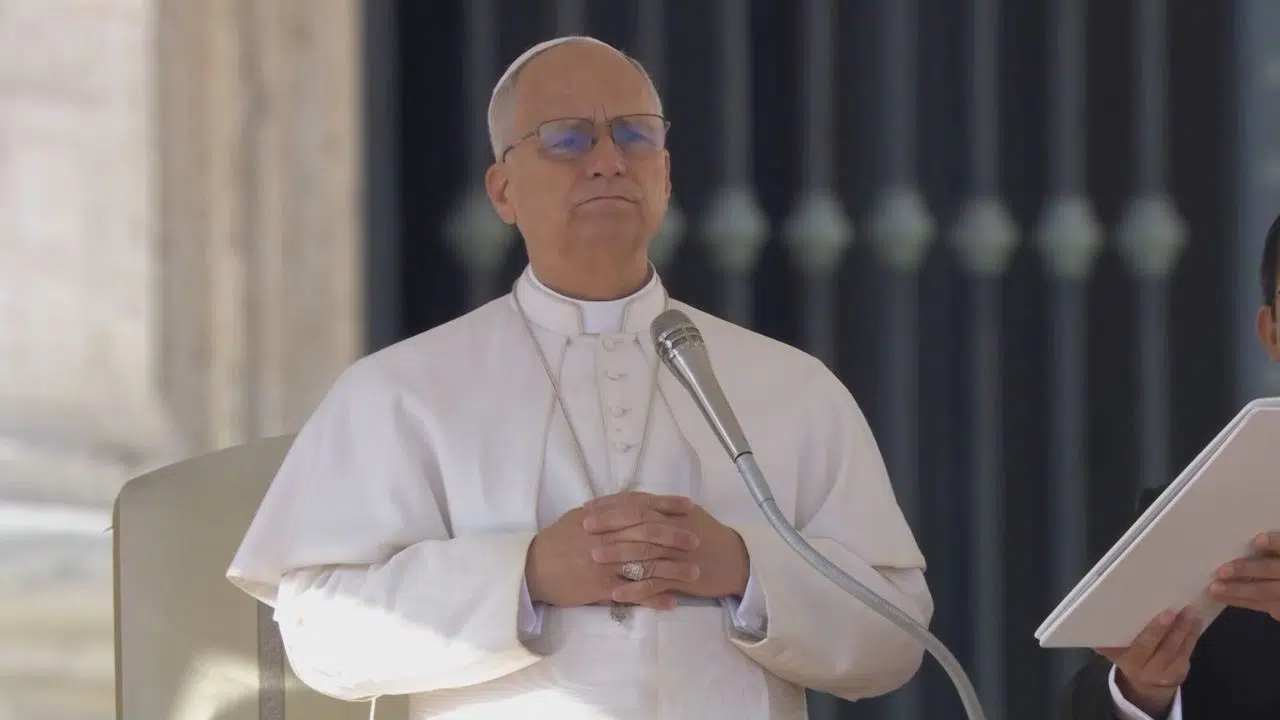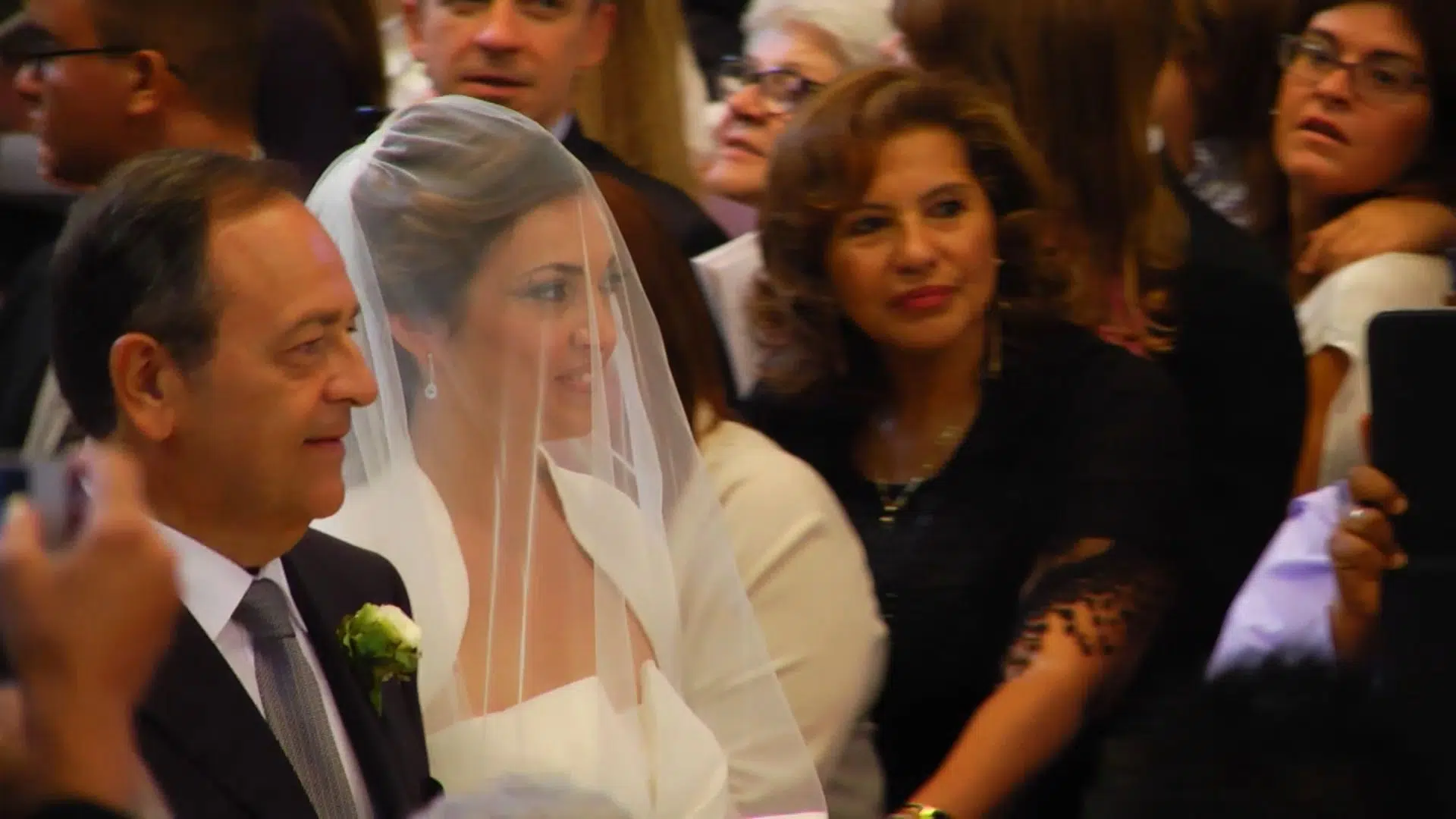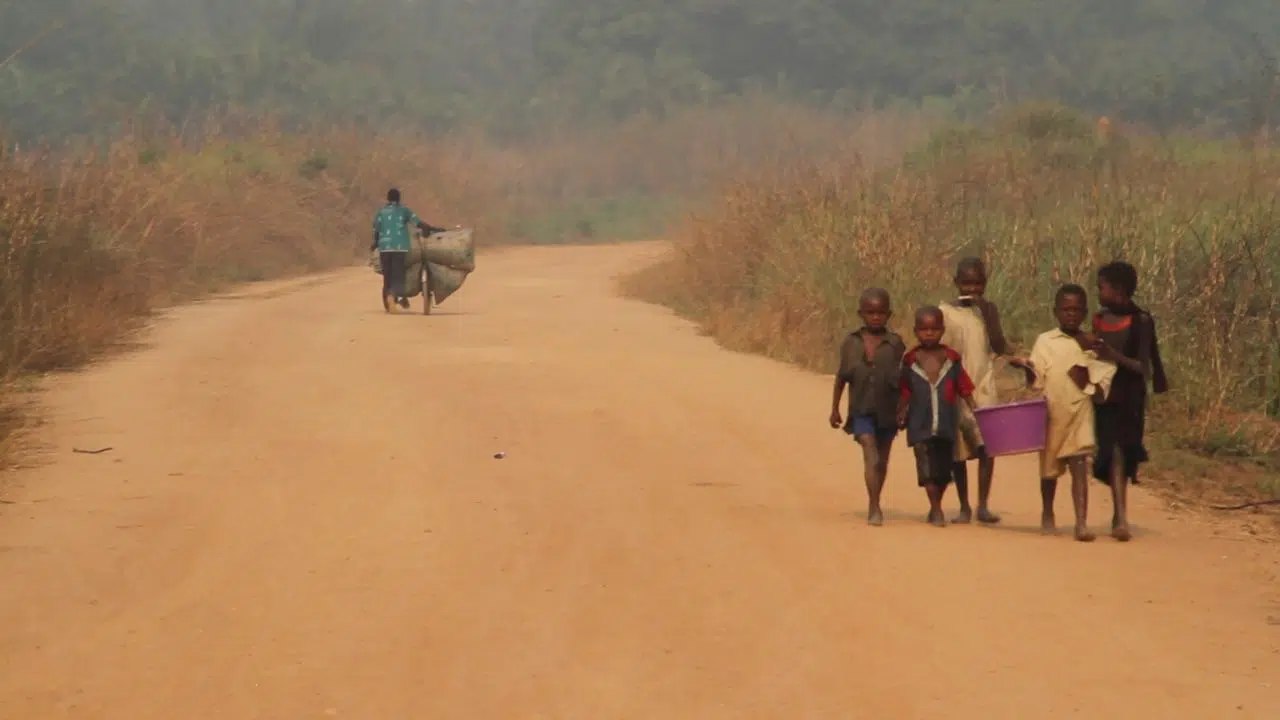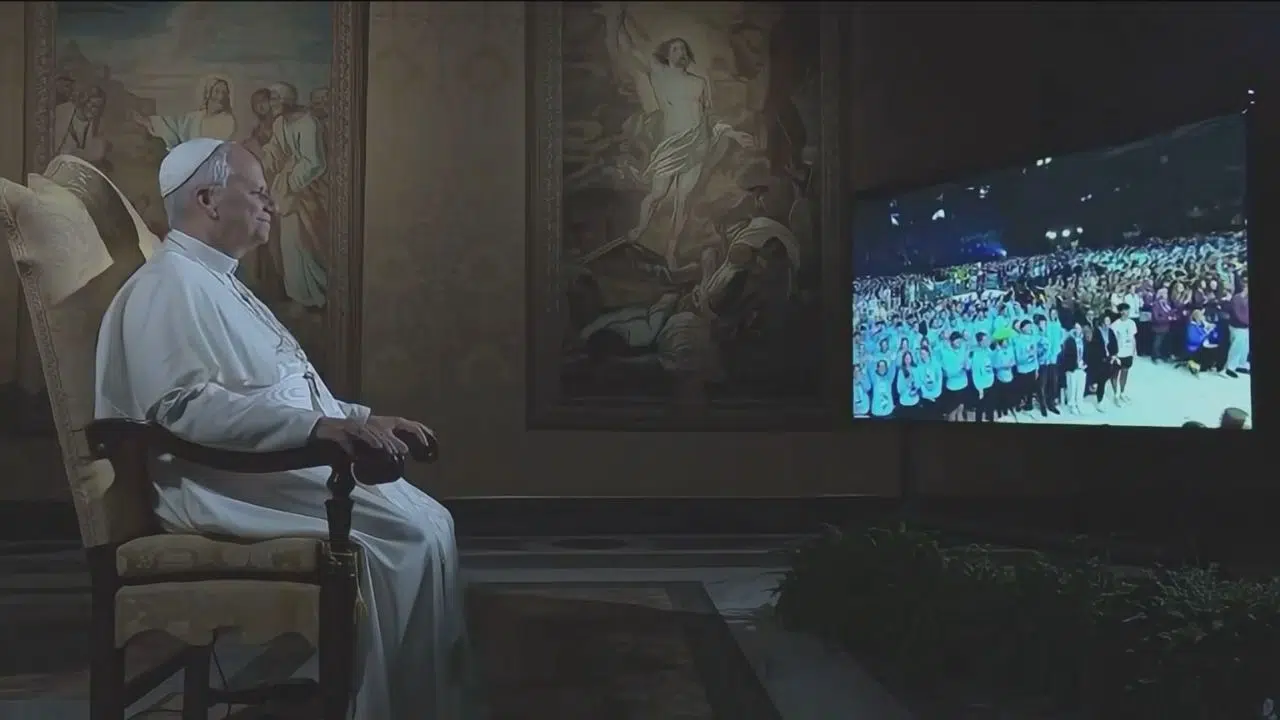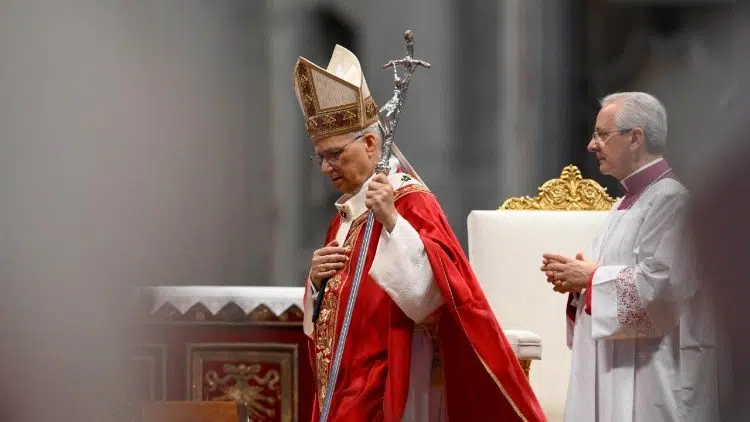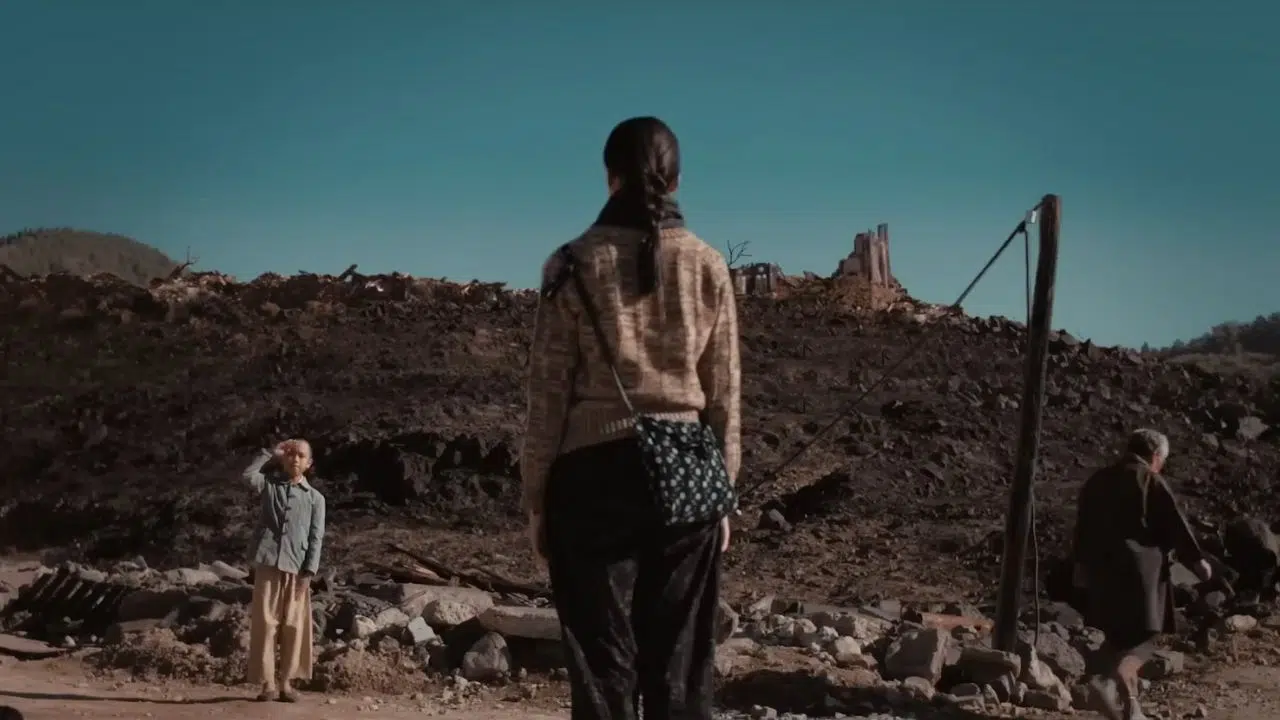All eyes are on Rome and the election of the new pope—a secretive rite that has endured over the centuries. It's called the conclave, which literally means “under lock and key.”
133 cardinals will be locked inside the Sistine Chapel. It will be up to them to choose the new successor of Peter—no easy task, and one for which they're well prepared.
They’ve met in 12 General Congregations, where they've discussed the challenges facing the Church and gradually shaped the profile of the next Pope.
With the most international conclave in history—representing over 70 countries—many cardinals are meeting face-to-face for the first time.
Fr. Álvaro Serrano, Expert in Church History
Before the conclave, there are gatherings of cardinals—this is when they really get to know each other, talk, exchange opinions, and discuss the Church’s problems and where decisions should be headed. That’s when they get to know each other on a personal level. But once inside the Sistine Chapel, there is no speaking.
Only cardinals under age 80 will remain beneath Michelangelo’s frescoes. Everyone else must leave the chapel when the words Extra Omnes are pronounced.
Fr. Álvaro Serrano
At the moment ‘Extra Omnes’ is said, everyone accompanying the cardinals—their secretaries, curia staff, even the people who place the ballots—must leave. 'Extra Omnes'—everyone out.
What happens next is a complete secret. Before entering, all cardinals take an oath, swearing not to disclose anything and to obey the rules of the conclave.
On the first day, there’s just one vote in the afternoon—known as a test vote. The first names emerge, followed by the first fumata (smoke signal), which is usually black. But can cardinals campaign or nominate themselves?
Fr. Álvaro Serrano
No one can campaign for themselves. There are no official candidates. You might ask, ‘Are there three you’re supposed to vote for?’ No—everyone can vote for anyone.
Starting the next day, there are four votes per day: two in the morning, two in the afternoon, but only two smoke signals.
The first signal will be after the two morning ballots, and the second signal after the two in the afternoon—unless, of course, a pope is elected in one of the earlier rounds.
Fr. Álvaro Serrano
To be elected pope, a cardinal must receive two-thirds of the votes. If, after many ballots—about 10 days—no one reaches this threshold, then a simple majority can suffice.
However, that’s unlikely. The last few conclaves have been fast—Pope Francis was elected in just a day and a half.
Still, this is a large conclave—13 cardinals more than the usual 120. Reaching an agreement might take longer. A cardinal will need at least 89 votes to become pope.
When that happens, white smoke will rise, and the world will know: Habemus Papam—we have a Pope.
CA
Trans. CRT
